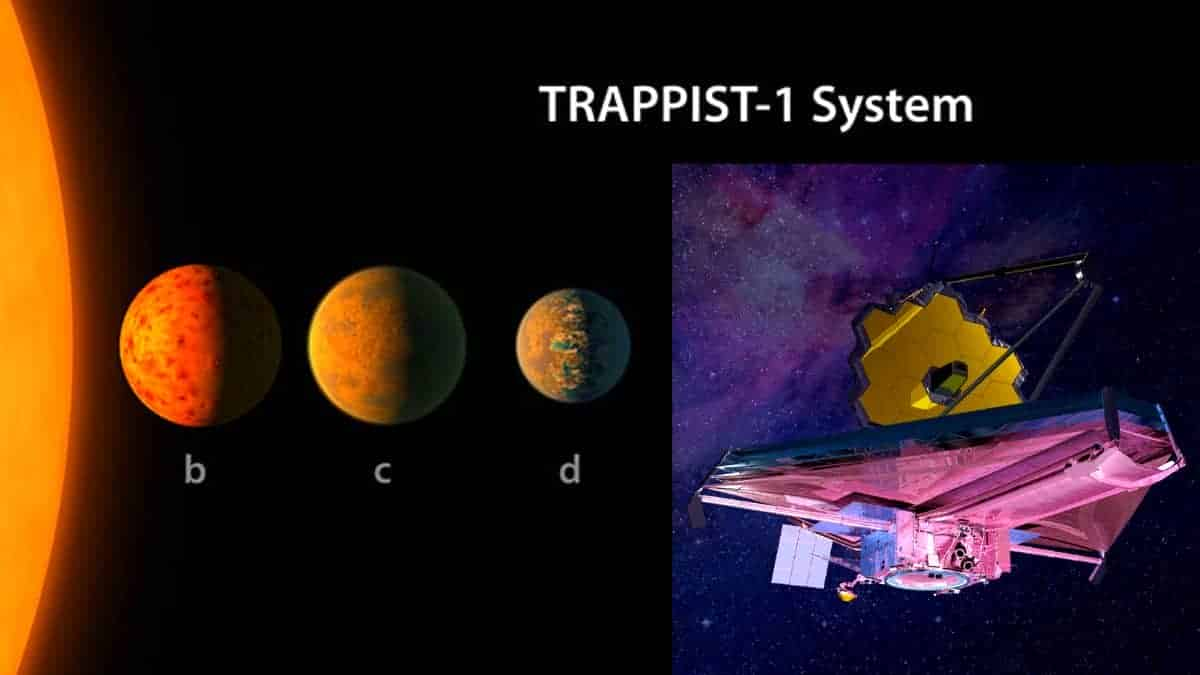NASA’s James Webb Space Telescope’s journey towards cosmic discovery

NASA’s James Webb Space Telescope initiated its journey towards cosmic discovery after releasing its first “deep images” of space a few days ago. Scientists say that it’s just the tip of the iceberg, there is a lot to be explored about space with the efficiency of the Webb telescope.
The Webb telescope provides promising opportunities for astronomers to study the earliest cosmic history shortly after the Big Bang which took place 13.8 billion years ago. Scientists say that the lights from distant objects taking more time to reach Earth mean they are situated in the deep past. The Space Telescope Science Institute astronomer Dan Coe specialized in the early universe study said, “We’re going to look back into that earliest time to see the first galaxies that formed in the history of the universe.”
The specialty of the Webb telescope is that with its help astronomers have gone 97% back to the remnants of the Big Bang and “With Webb, we’ll finally be able to see inside these galaxies and see what they’re made of.”
Astronomer Coe said the Webb telescope spotted the earliest building blocks of “clumpy and irregular” galaxies, they are unlike the galaxies we see now such as spiral or elliptically shaped. The Webb telescope discovered older redder stars much like Sun which were previously not visible to the Hubble Space Telescope.
The astronomer also revealed that Webb has two more projects coming up. Those are observations of one of the most distant galaxies called MACS0647-JD founded in 2013 and the most distant star Earendel founded in March 2021.
Scientists say that they don’t know what would the earliest star actually look like right 100 million years after the Big Bang. Astronomer Coe said, “We might see things that are very different.”According to him the pristine Population III stars which are theoretically massive early stars were made up of hydrogen and helium. They eventually exploded in supernovae and created the stars and planets that we know today.
University of Montreal’s doctoral student Olivia Lim says that she will be studying the Earth-sized rocky planets revolving around a star named Trappist-1. The researcher said, “The Trappist-1 system is unique, almost all of the conditions there are favorable for the search for life outside our solar system.”
The Trappist-1 system is situated only 39 light years away from Earth and the planets transit in front of the star. The researcher said that Webb will be observing the atmosphere of the planets to see if light passing through these atmospheres is filtered through the atmospheric molecules.
Reportedly the researcher says that the Trappist-1 system is a prime target of several researchers and astronomers that’s why Lim said, “everything we’re doing this year are really important steps to get to that ultimate goal.”


